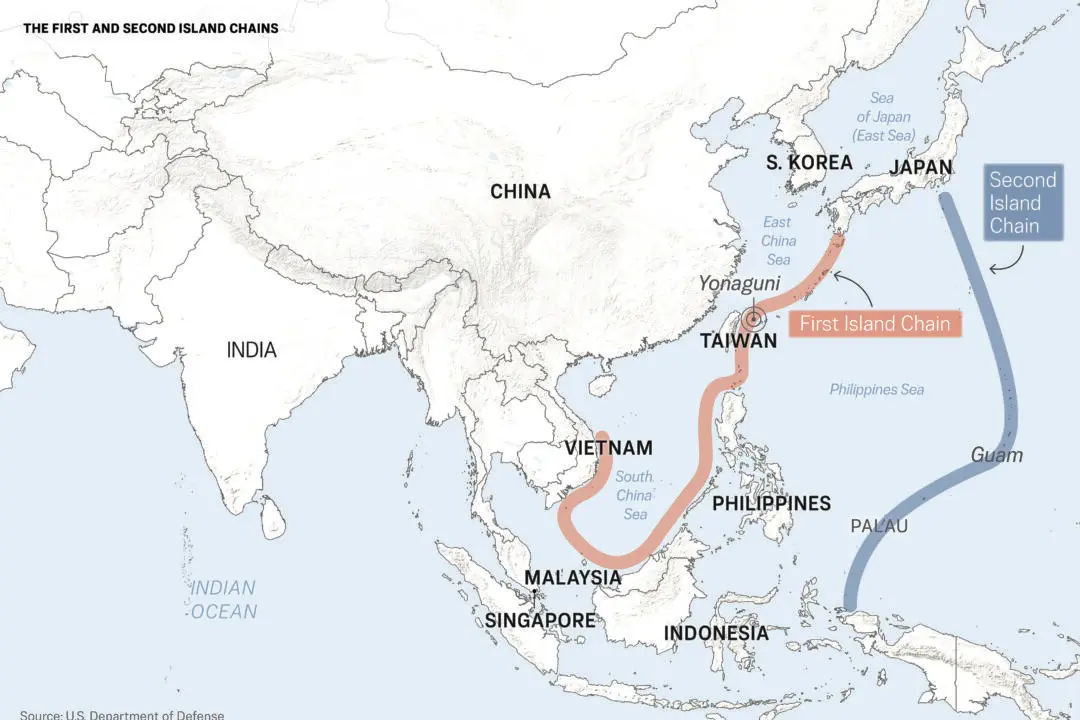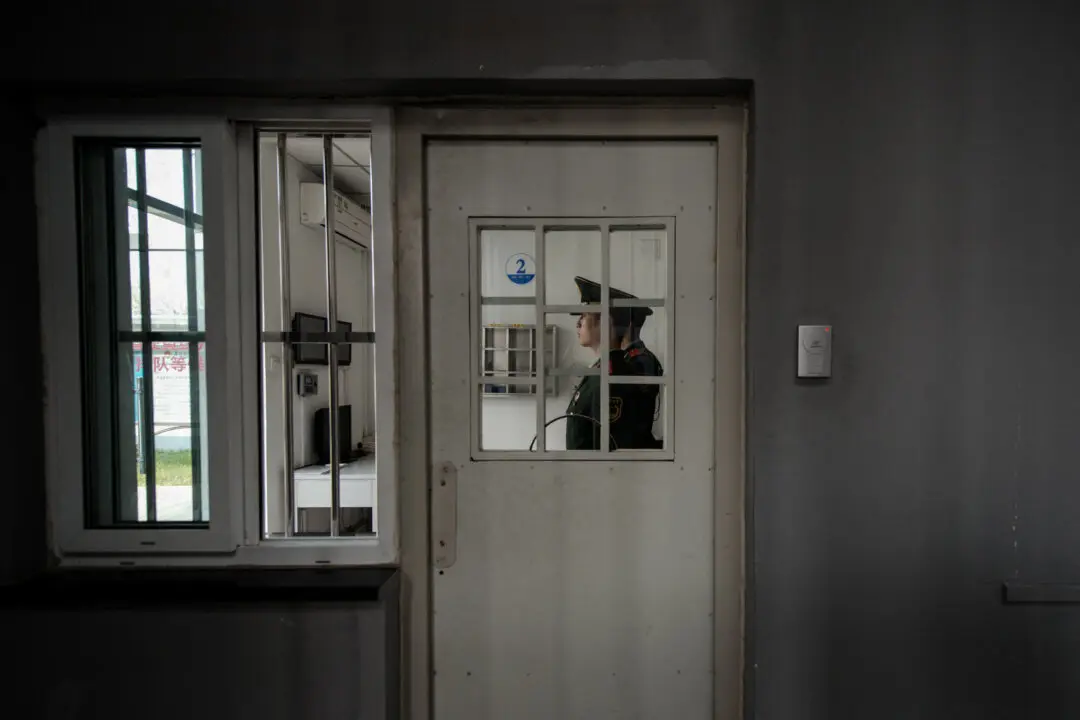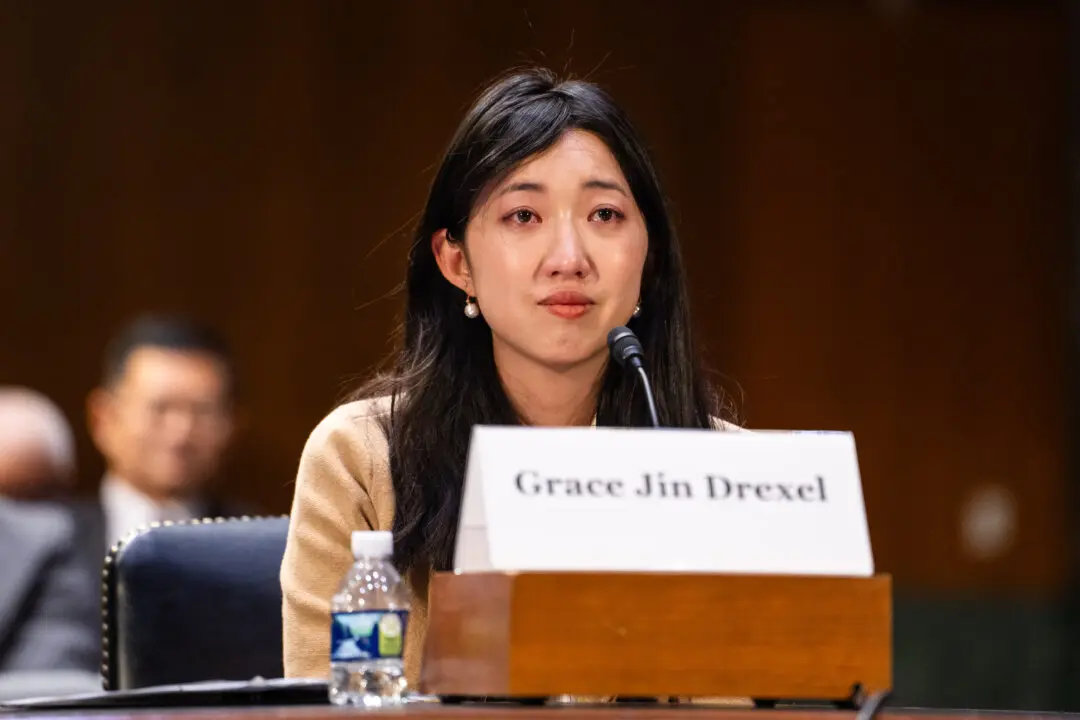De Blasio’s characterization of New York City under his predecessor and billionaire businessman Michael Bloomberg’s tenure as a “Tale of Two Cities” won the progressive Democrat a landslide victory. The issue resonated, as did the candidate’s vision for a more equal city.
De Blasio trounced his Republican opponent Joe Lhota among people of color, winning 96 percent of the black vote, 87 percent of the Hispanic vote, and 70 percent of the Asian vote. Among whites, he won 54 percent to Lhota’s 43 percent, according to exit polls conducted by Edison Research of Somerville, N.J.
His policies, and the legislation passed by a supportive City Council thus far have proven that the mayor was good for his word. Calling his style the “community activist approach,” scores of policies have been enacted that benefit people living on low incomes.
Yet, when a black man was killed in the process of an arrest by a white police officer this summer, and communities of color alleged racism on the part of the police, the mayor—whose children are biracial—was forced to face the issue of race and how it fits into the unified city he envisions.
The centerpiece of his income inequality strategy was to give every four-year-old an opportunity to attend full time prekindergarten. The approach of offering more and better early childhood education is widely supported as a way to pave opportunities for children.






